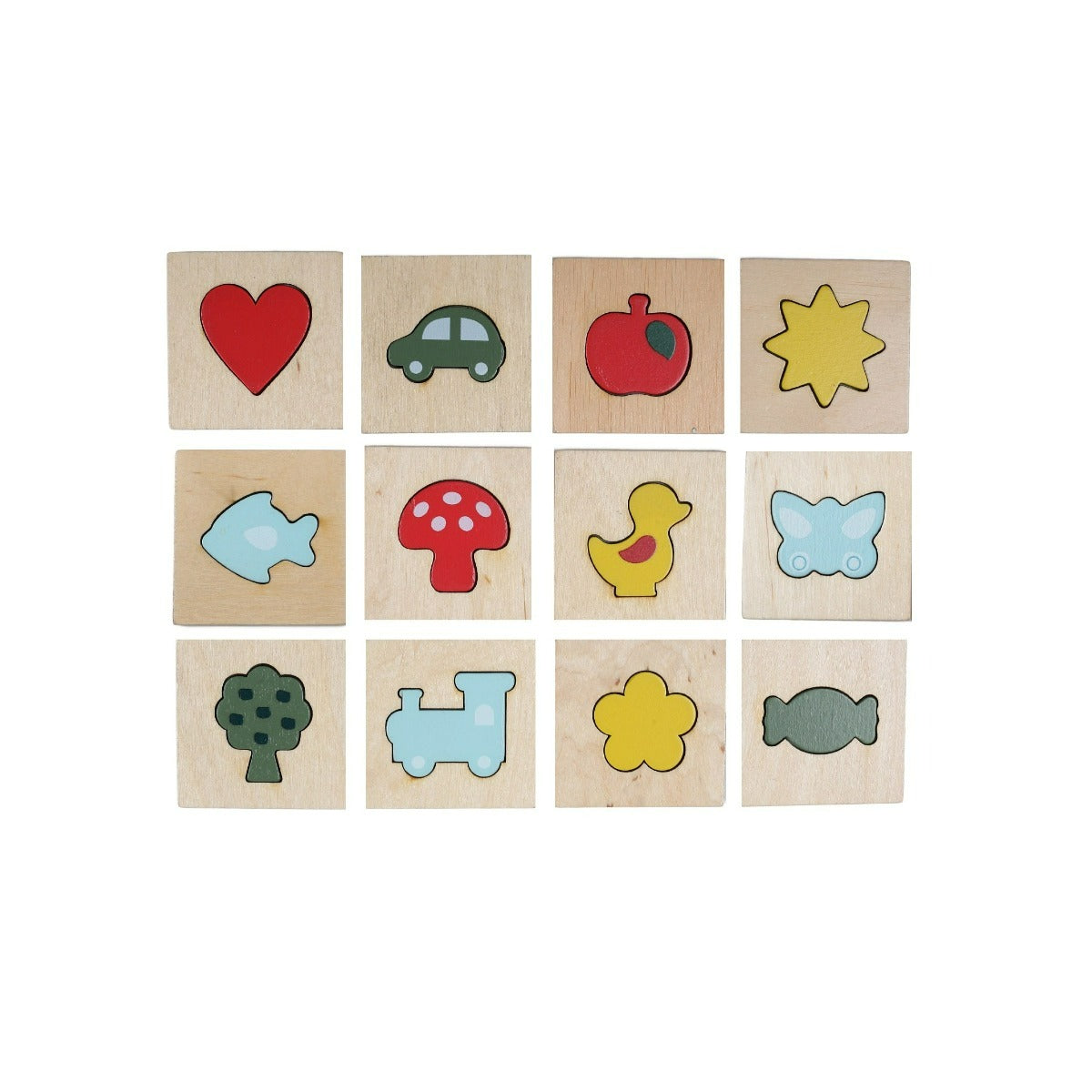If you were to step inside a toy store, with aisles of toys on either side – one side wooden toys like the gilli danda, spinning top, wooden animals and on other bright, shiny, musical plastic toys, your pick would surely be the all-natural wooden toys. Why? It is a great reminder of our childhood. We all grew up with toys made of cloth or wood around us. The touch, feel and delight of these toys is unparalleled. While the attractiveness of plastic toys is greater these days, the old school romance for natural toys still remains intact. It is the same enthusiasm and love that we want to see our children enjoy when they play with toys as they grow.
One could go on about the benefits of a wooden toy outweigh that of a plastic one (pun intended) here are some quick reminders why you should invest in a wooden toy for your child:
- Sight:
Wooden toys are aesthetically pleasing to look at. Devoid of jarring colors and too many fine details, wooden or natural toys help the child visually connect with nature and the objects around him. You will agree that there is nothing more appealing and instantly attractive as a Matryoshka doll waiting to be put back together, one inside the other!
- Sound:
Plastic toys with batteries generate not so natural sounds. Loud sounds may provide instant distraction, but they also pose a threat to the sensitive ears of the child. More so, wooden toys don’t talk back or respond thereby giving the child more scope to creatively play/utilize the toy as opposed to a plastic doll that talks back or repeats what is said.
- Imagination:
When there is too much detail involved at an early age, we give less space for a child’s boundless imagination to grow. Handing over a plastic or rubber molded cow that has black patches on its white body, the child registers this particular image early on. With a less defined wooden toy, the child can imagine a purple cow with pink hearts or a cow with zig zag lines drawn over. Wooden toys also take up multiple roles in play, providing a lot of access to open-ended imaginative play. They can be simple construction blocks, or become steps to a house or even a car moving in heavy traffic. The ideas are countless! Have you ever seen an instruction manual with a wooden toy? Almost zero chances of that because these toys are intended for free play and left to the child’s imagination as to how they should be used.
- Touch:
It is said that wood, cloth, silk and other such natural materials provide great scope for textural, sensory skill development along with it allowing the child to involve in more imaginative play. Plastic toys are very neatly rounded, removing the concept of texture for the child. Handling natural toys gives them a feel of things around them as well; say trees, clothes etc. Did you know that practitioners worldwide use wooden toys while assessing children or even helping children with slow motor skill development, because wooden toys are heavier than plastic ones? This gives the child a sense of what he is holding and thereby requires him to put in more effort in playing with it.
- Longevity:
In most cases parents would have passed on toys from their childhood or infant days to their children now. Take a look at them – they would be soft dolls, wooden push carts or kitchen sets, simply because these toys have a long life. They don’t break easily and aren’t susceptible to damages like battery issues, mechanical faults etc. There is immense pleasure in gifting a toy to a child, knowing that it will last a lifetime!
- Safety:
Plastic or rubber toys always pose a health hazard for smaller children who mouth these toys. Small parts can chip off easily or even poke the child if left unattended. Wooden toys on the other hand are mostly in their natural state, without any colors on them or even if colored, come with child friendly paints that pose less harm. Most wooden toys are made out of a single chunk of wood, without joints or nails. This makes them durable and less prone to breakage too!
- Maintenance:
Unlike plastic toys, wooden toys do not require prepping. As they are made of natural materials and have almost no colors/additives on them, you don’t have to boil them before use. Neither do these contain phthalates and other such elements that are carcinogenic in nature. With less details, there is minimal chance of dirt accumulation or growth of fungus, thus making water involved play easy too.
Wooden toys are from the nature and go back to the nature. i.e., they decompose and do not pose a threat to the environment by increasing landfills. With the amount of plastic that’s already floating around us, the least we can do is set our children onto a nature-led lifestyle that encourages playing with what is naturally available and safety for both them & the planet. Eco-friendly, safe and naturally appealing all-natural toys such as wooden ones are certainly a better investment, lasting long and giving your little one more opportunity to develop his skills early on!


